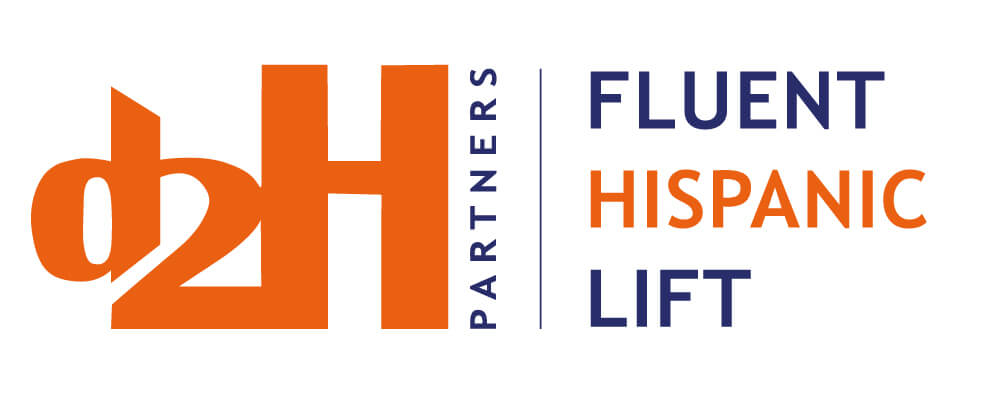The Hispanic Positivity Vacuum
February 2, 2022 – The largest anti-Latino racial massacre in recent history took place on August 3, 2019, when a 21-year-old believer in the white supremacist conspiracy theory the “Great Replacement” walked into a Walmart in the Texas border city of El Paso with an assault-style rifle and began shooting, intending to target Latino, specifically Mexican, people, according to a federal affidavit. Twenty-three people died, most of them Latino.
That incident – which some blamed on Trump’s demonizing language about Latino immigrants – can be attributed to the mainstream Hispanic cultural vacuum. This despite the growing contributions Latinos make to the general cultural life in this country in entertainment, music, and others. Yet we still rarely see positive representation of Latinos and Latinas on-screen. In fact, Texas Representative Joaquin Castro’s 2020 essay in Variety stated that “there is a dangerous nexus between the racist political rhetoric and the negative images of Latinos as criminals and invaders that Americans see on their screens.”
Latinos are Absent and Invisible
Latinos remain largely unseen in popular culture, which renders an entire segment of the population invisible and makes the lack of cultural positivity complicit in a marginalization that is entering increasingly dangerous territory.
It is film, television and advertising that have the most power to help fill this vacuum. But these industries seriously lag when it comes to representation. The fact is that Latinos account for almost 19% of the U.S. population, yet we get only 5.2% of the top film roles and 6.2% of roles on scripted television shows, according to the 2019 UCLA Hollywood Diversity Report. And no, there’s been little to no progress in this area since then.
Hispanics prop up Hollywood economically, accounting for nearly 25% of all box office ticket sales, but Hispanics account for just 4% of directors and 3% of producers. This cannot be an accident in a city like Los Angeles, where Latinos represent about half the population. To paraphrase Chris Rock, “when you are in L.A., you have got to try NOT to hire Latinos.”
Moving Beyond Latino Stereotypes
However, there have been advances, such as the animated hits “Coco” and more recently “Encanto”. Although two films that were expected to be the breakthrough “Hispanic” movies – “In the Heights” and the Spielberg-remake of “West Side Story” -were unsuccessful. There are several reasons that these films flopped. Neither featured big-name stars, and both are musicals based on Broadway plays which have not done well at the box office lately. The competitive landscape and COVID are inescapable factors. Most importantly for future Latino-themed movies, both films are centered on Latinos.
Let us hope that the lack of success of these two movies does not kill upcoming Latino projects, because one byproduct of the industry’s shortcomings with inclusion is that any studio movie depicting an underrepresented group in a culturally-specific way becomes a potential watershed moment.
To be fair to Latinos, the industry needs to move beyond animation and musicals. We need to move beyond being depicted as the farmworker, the helpless immigrant or refugee, the narco, the criminal, or, pervasively, the domestic worker. There are many stories to be told about Hispanics. We have valiant lawyers, brilliant doctors, engaging politicians, talented artists, mothers, fathers, and children. And let us not forget, couples in love.
Every Hispanic has a Story Worth Telling
There are more than 60 million Latinos in the U.S., each with a unique history, yet Latino stories are universal. When told right, these stories will sell tickets and win awards. But to do it right, Latinos have to tell the story, both in front of and behind the camera – as entertainment industry executives, writers, directors, producers and showrunners.
Diversity and inclusion are important and valuable per se. But the reality is that the final product must generate revenue and invariably there will be failures as well as successes. We need to develop more Latino content and bring more people of color into the industry, from grips to costume designers, to writers and actors, so that we move from facelessness to recognizable individuals; from maids to doctors, from narcos to lawyers.
It is up to us Latinos to tell our stories. And until we do, the vacuum will continue to exist, and our many accomplishments will continue to be overlooked in the cultural narrative.
For more discussion about the U.S. Hispanic Consumer Market, check out the infographics in our APPROACH section on our website, www.d2hispanic.com
Patricia Testa – Managing Partner – D2H Partners, LLC – 2022
About d2H Partners – Los Angeles based full-service Hispanic Advertising Agency focused on D2C and B2B Spanish language campaigns targeting immigrant, first-generation and “billenial” Hispanics. d2H specializes in creating, adapting, and delivering targeted messages to Latinos to profitably enculturate your message, media and metrics.
